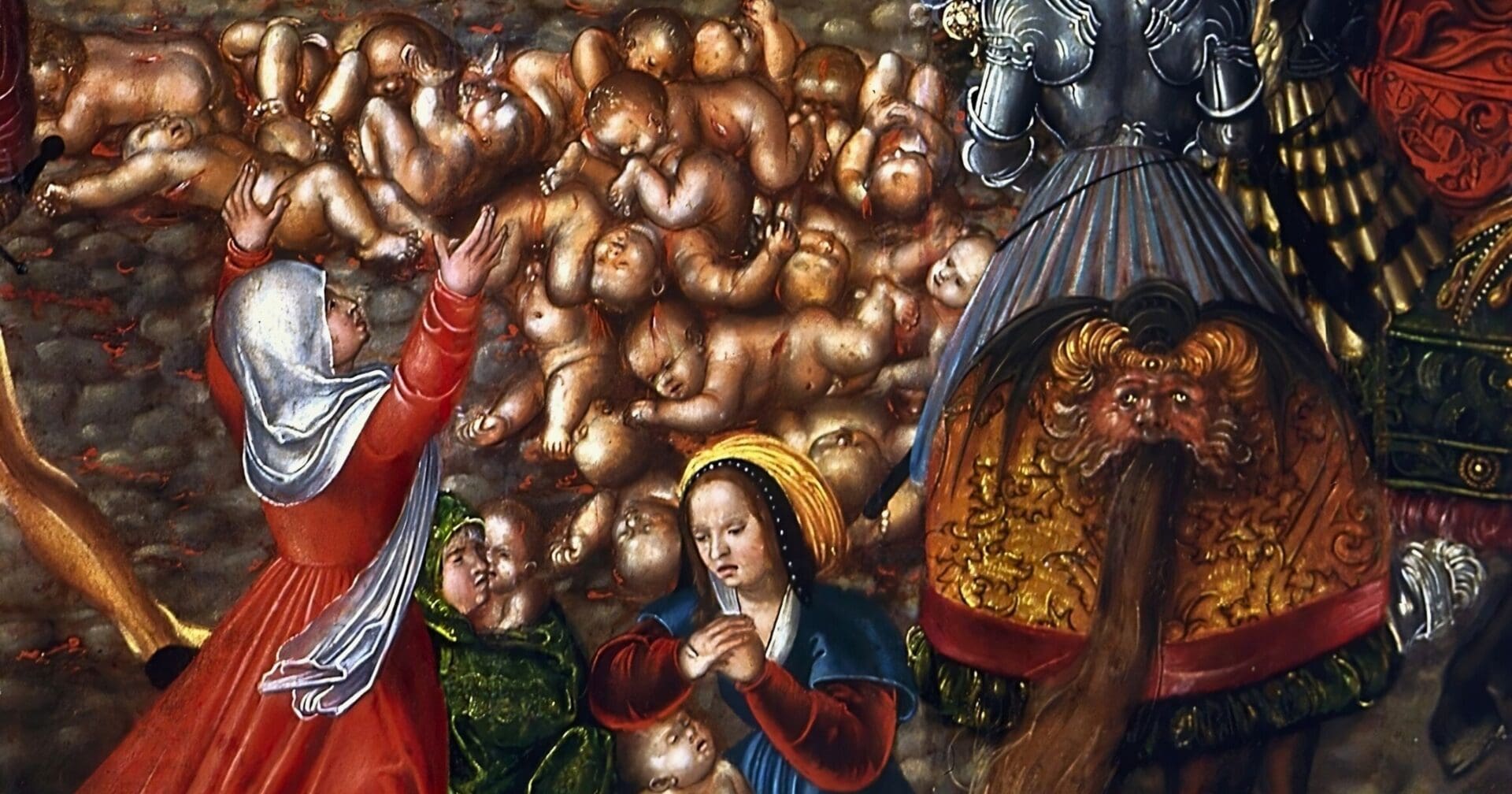In early Irish Christianity, martyrdom was not limited to shedding blood for the faith. The Cambrai Homily, the oldest known Irish homily from the early 7th century, explains that there are actually a unique triad of “colored” martyrdoms for Catholics!
Housed today in the France’s Le-Labo Cambrai museum, the document is also early evidence of the Church in Ireland developing a vernacular alongside Latin.
White Martyrdom
White martyrdom is characterized by a complete separation from worldly attachments for the sake of God. This form of martyrdom does not necessarily involve physical suffering, but demands a life of strict asceticism. Early Christian hermits and monks, like those who followed Saint Columba to Iona, embraced this path, leaving behind all they loved to devote themselves entirely to spiritual pursuits.
Blue Martyrdom
Blue martyrdom involves rigorous self-denial through fasting and penance. It requires individuals to control their desires and perform acts of repentance without necessarily withdrawing from society. The color blue (or green) symbolizes the hardships endured, often leaving a physical mark, with pallor from severe fasting and penance.
Red Martyrdom
Red martyrdom is the most traditional form, involving violent death or severe persecution. This type of martyrdom was relatively rare in early Christian Ireland, becoming more common during periods of Viking invasions. It signifies the ultimate sacrifice, where individuals shed their blood for the defense and spread of the Catholic faith.
Pope Gregory I was instrumental in defining these categories of martyrdom. His work Homilia in Evangelia assigns the colors red, blue (or green), and white to represent the varying “modes” of sacrifice.
This classification system by Pope Gregory I helped formalize the understanding of martyrdom within the Church, recognizing the different trials faced by the faithful on their paths to holiness.
Photo credit: Public Domain via Wikimedia Commons
















